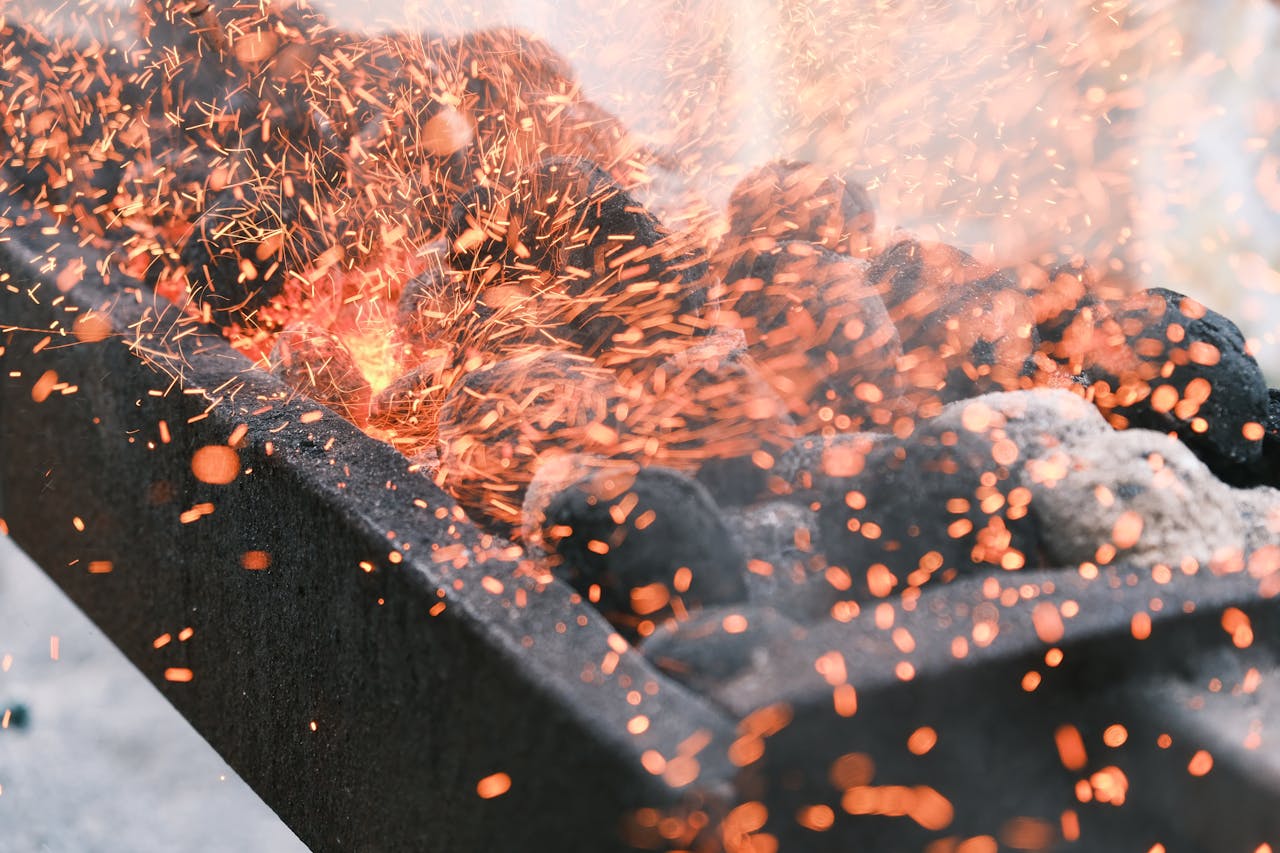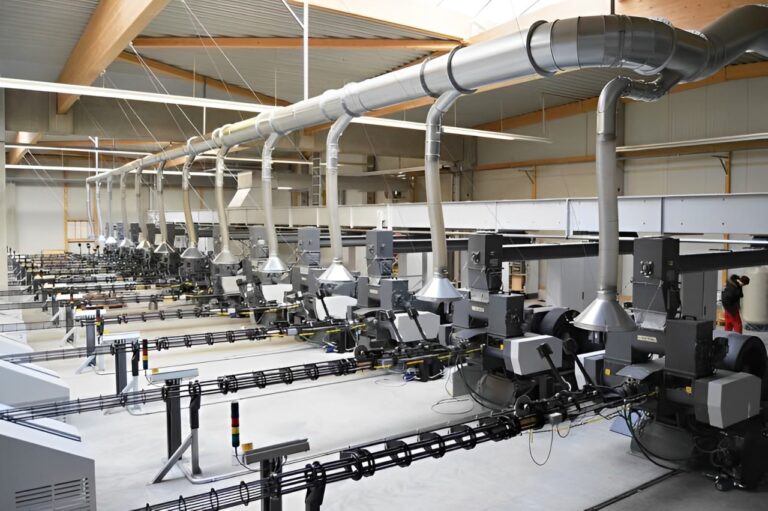Outdoor Cooking Briquettes: A Guide to Perfect Grilling
Outdoor cooking has long been a cherished activity that unites people, whether it’s during a casual backyard barbecue, a relaxing picnic, or an adventurous camping trip. One of the key elements to mastering the art of outdoor cooking is using the right fuel: briquettes. These small, dense blocks of organic material are designed specifically for grilling, smoking, and other outdoor cooking methods. In this comprehensive guide, we’ll explore everything you need to know about outdoor cooking briquettes, from the types available to their benefits and useful tips for achieving perfect cooking results.
What Are Briquettes Made For Grilling?
Outdoor cooking briquettes are dense, uniform blocks of fuel made from a variety of organic materials. They are often considered a superior alternative to traditional charcoal due to their consistent size and shape, making them easier to light and manage. Typically, briquettes are made from compressed wood, sawdust, or agricultural waste, and are sometimes treated with binders or chemicals to enhance their performance in a grilling environment.
In essence, briquettes are designed to provide consistent, long-lasting heat for grilling and smoking. Their uniformity helps ensure even heat distribution throughout the grill, which is a significant advantage for outdoor cooking enthusiasts.
Types of Briquettes for Outdoor Cooking
There are several types of outdoor cooking briquettes, each catering to different cooking preferences and requirements. Here is a breakdown of the most commonly used types:
1. Hardwood Briquettes
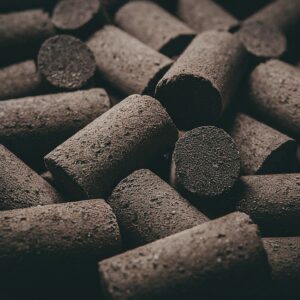
First, hardwood briquettes are made from compressed hardwoods such as oak, hickory, or maple. These briquettes burn hotter and longer than others, making them ideal for grilling thicker cuts of meat, like steaks and ribs. Moreover, they provide a natural smoky flavor, which enhances the taste of your food and adds that authentic barbecue aroma.
2. Softwood Briquettes
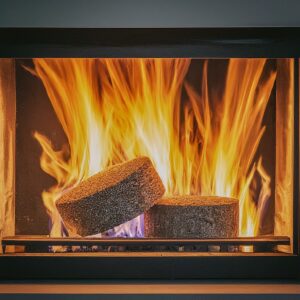
On the other hand, softwood briquettes are made from softwood materials like pine or fir. These briquettes ignite easily and burn more quickly, but they have a shorter burn time. Therefore, softwood briquettes are great for quick grilling sessions, such as cooking hot dogs, sausages, or vegetables. They are ideal when you want fast and efficient cooking without the need for high, sustained heat.
3. Charcoal Briquettes
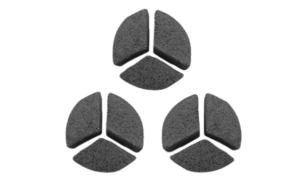
Meanwhile, charcoal briquettes are among the most common choices for outdoor cooking. They are made by compressing wood and other organic materials into dense blocks. Charcoal briquettes offer consistent heat output and a long burn time, which makes them perfect for grilling and smoking. Whether you’re grilling for a few hours or smoking meat for a long period, charcoal briquettes can handle it.
4. Natural Briquettes
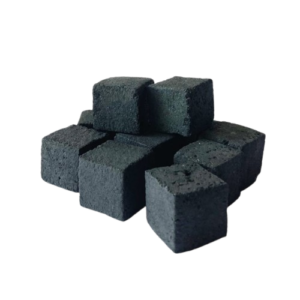
Lastly, natural briquettes are eco-friendly and made from sustainable materials such as coconut shells, bamboo, or agricultural waste. These briquettes burn cleaner and produce less ash and fewer emissions than traditional briquettes. As a result, they are the ideal option for those who are environmentally conscious but still want to enjoy the rich flavors of outdoor cooking.
Benefits of Using Outdoor Cooking Briquettes
Switching to briquettes offers several notable advantages over traditional charcoal or firewood. Below are some key benefits:
1. Consistent Heat Output
One of the key benefits of briquettes is their ability to produce a steady and reliable heat. Unlike traditional charcoal, which can vary in size and shape, briquettes are uniform, allowing for even heat distribution across your grill. This consistency makes it easier to control the temperature, ensuring that your food cooks evenly without hot or cold spots.
2. Longer Burn Time
In addition, briquettes, especially hardwood and charcoal varieties, tend to burn longer than traditional charcoal. As a result, you can grill for extended periods without the need to constantly add more fuel. Whether you’re smoking meat for hours or grilling for a gathering, briquettes provide long-lasting heat that keeps your grill at the right temperature.
3. Easy Ignition
Furthermore, briquettes are easier to ignite than firewood or lump charcoal, especially when using a chimney starter. With just a bit of kindling or a fire starter, you can quickly get the briquettes burning evenly, so your grill is ready in no time.
4. Clean and Convenient
Since briquettes are compact and uniform, they are not only easier to store but also easier to handle compared to irregularly shaped charcoal or firewood. Additionally, they produce less ash and fewer emissions, which makes cleanup after your cookout simpler and more environmentally friendly.
5. Versatility
Lastly, briquettes are incredibly versatile and suitable for a wide range of outdoor cooking methods, including grilling, smoking, and even baking. Their consistent heat and long burn time make them a reliable choice for any outdoor culinary adventure.
Tips for Using Outdoor Cooking Briquettes
To get the most out of your briquettes, follow these helpful tips:
1. Prepare Your Grill
Before lighting your briquettes, make sure to thoroughly clean your grill to remove any residue from previous cooking sessions. This will ensure that your briquettes burn more efficiently and prevent any unwanted flavors from lingering on your food.
2. Use a Chimney Starter
A chimney starter is crucial for igniting briquettes efficiently and evenly, without relying on lighter fluid. Just load the chimney with briquettes, add kindling or newspaper beneath, and light it up. Once the briquettes are covered in white ash, they’re ready for grilling.
3. Create Heat Zones
For more control over your cooking, create multiple heat zones in your grill. To create a hot zone for searing, pile more briquettes on one side of the grill. Meanwhile, leave fewer briquettes on the other side for slower cooking or warming. This technique allows you to move food between heat zones, ensuring optimal cooking results.
4. Monitor the Temperature
Using a meat thermometer is crucial for ensuring that your food reaches the proper internal temperature. Keep an eye on the temperature of your food, and if necessary, adjust the grill temperature by adding or removing briquettes or adjusting the air vents.
5. Clean Up After Cooking
After grilling, make sure to clean your grill properly. Remove the used briquettes, scrub the grill grates, and dispose of the ash once it’s fully cooled. Regular maintenance will ensure that your grill stays in good working condition and is ready for future cooking sessions.
Conclusion
In conclusion, outdoor cooking briquettes are an excellent fuel source for grilling, smoking, and other outdoor cooking applications. Their consistent heat, long burn time, and ease of ignition make them a dependable choice for any outdoor cooking enthusiast. By understanding the different types of briquettes and following the tips in this guide, you can elevate your outdoor cooking and create delicious meals that will impress your friends and family.

